 Professor Roger Jones is editor of the British Journal of General Practice.
Professor Roger Jones is editor of the British Journal of General Practice.
A Fortunate Man: the story of a country doctor. John Berger and Jean Mohr. Canongate, London, 2015
First published in 1967, this is one of those must-read general practice books, essential for every trainer, trainee and practice library, and one, I suspect, which has been more frequently recommended than read. It has been re-issued this year in a new edition with an introduction by Dr Gavin Francis.
Anyone coming fresh to A Fortunate Man, expecting a paean to idyllic country general practice, will be disappointed, because the romanticised hero of John Berger’s extended essay is a deeply troubled individual to whom the epithet “fortunate” can be applied, at best, with irony.
Berger, now 88, is a distinguished critic and Booker Prize winner. He met the central character of the book, Dr John Eskell, as a patient in St Briavel’s, in the Forest of Dean, Gloucestershire, and became close friends with him. Eskell had been a Royal Naval surgeon during the war in the Mediterranean, and was now in single-handed practice following the death of his GP partner. Some time after Berger had left England for Geneva, Eskell, who becomes Dr John Sassall in the book, invited him and the photographer Jean Mohr to spend six weeks with his family and to shadow him round-the-clock in his surgeries, on his many house calls and, presumably, in his domestic life, although this is not mentioned once In the book. Sassall was clearly a revelation to Berger, and the degree of connection, empathy, and acceptance that he showed to his patients, and the lengths that he went to, literally, to care for them are clearly regarded by Berger as both astonishing and exemplary. In describing Sassall’s actions and thoughts, and it is more often than not very difficult to know whether Sassall or Berger is doing the thinking, many of the core qualities and responsibilities of a general practitioner working in an isolated rural setting are perfectly captured.
However, Sassall’s hyper-commitment to his practice and his patients was, at least in part, a function of his manic-depression. Berger rather coolly describes Sassall’s lows, but doesn’t seem to quite understand the highs. Sassall’s wife, who ran his practice, died in 1981 and Sassall shot himself the following year. His professional life was troubled and he practised with little professional or, indeed, social contact. Whilst being admirably reflective and sensitive, he appeared to lack, or at least managed to avoid, any real recognition of his wider role as a general practitioner as an advocate for his practice population’s health or as a medical scientist. I can’t help making comparisons with Julian Tudor Hart, working wonders in Glyncorrwg, and John Fry laying the foundations of general practice research from his little practice in Beckenham.
I started reading this book 30-odd years ago and was put off by Berger’s often convoluted, freewheeling writing and Jean Mohr’s dreary photographs. I grew up in the Forest of Dean and, while recognising its comparative social isolation, bridled at Berger’s patronising depiction of Forest folk as uncultured half-wits, and still do. However, re-reading it at one sitting very recently, I recognised the limpid beauty of some of Berger’s prose, the subtlety of his descriptions of nature and of human interactions, and his insights into the needs of ordinary people faced with illness, anguish and loss. His – or is it Sassall’s? – understanding of the role of the general practitioner as a witness and a “clerk of record”, needs to be widely understood, and never more so in these days of therapeutic miracles and performance indicators, when the unmeasurable essence of patient care can so easily be overlooked.

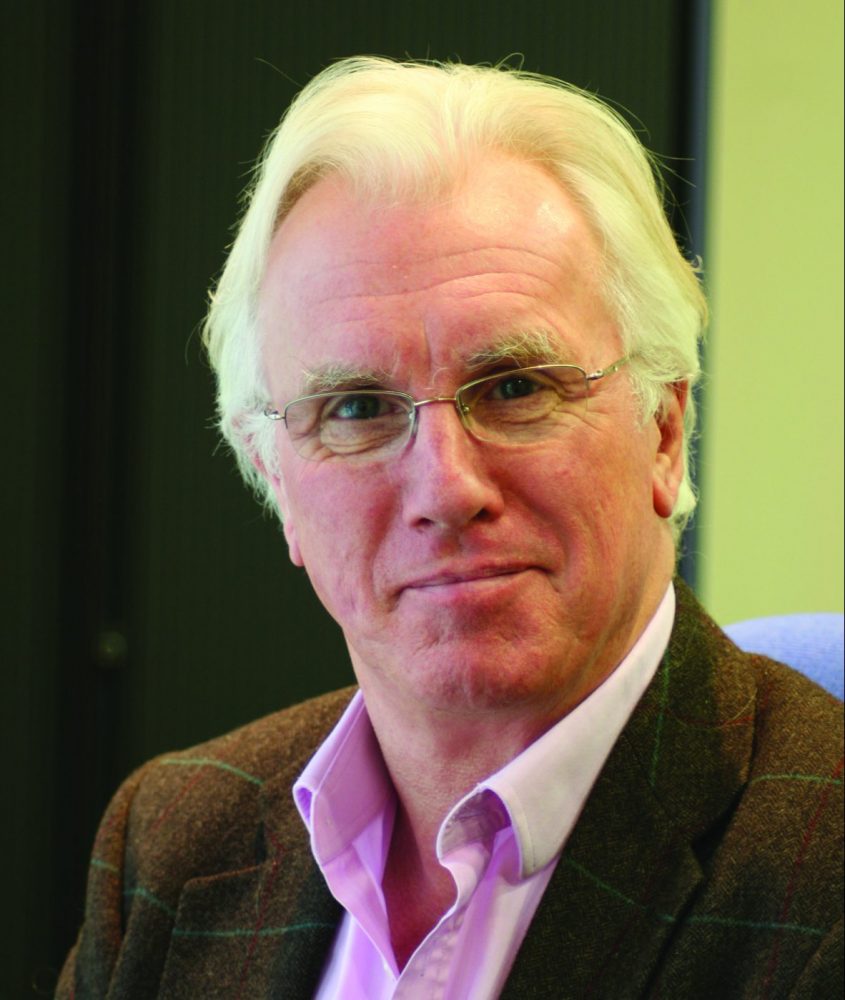

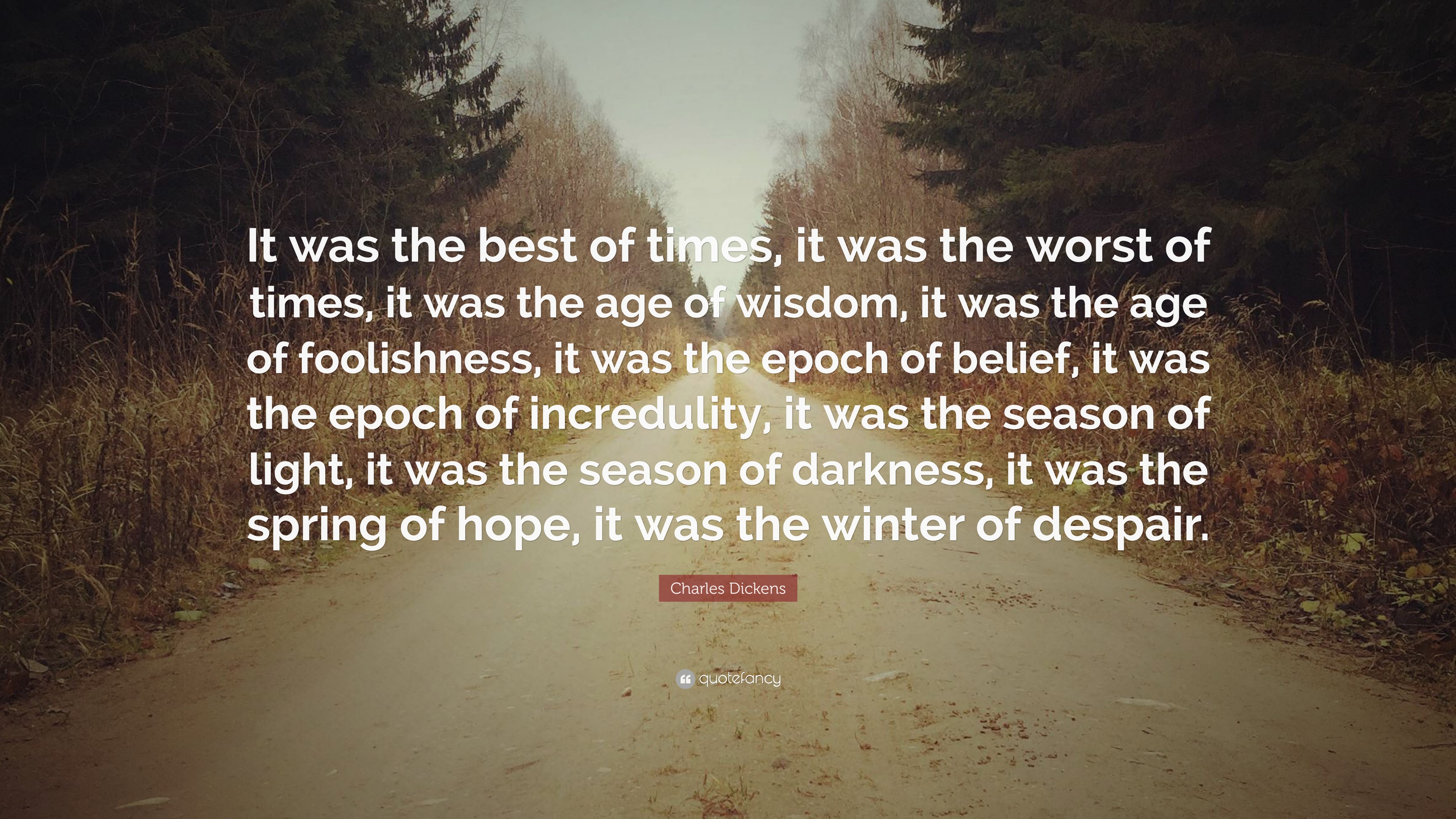
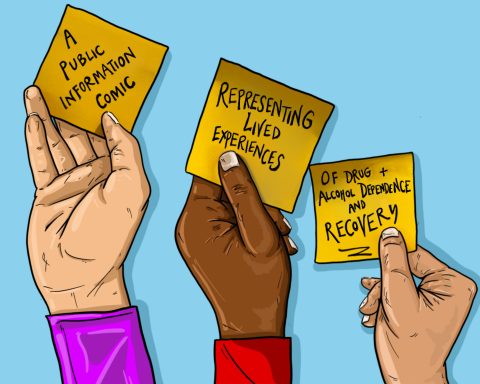
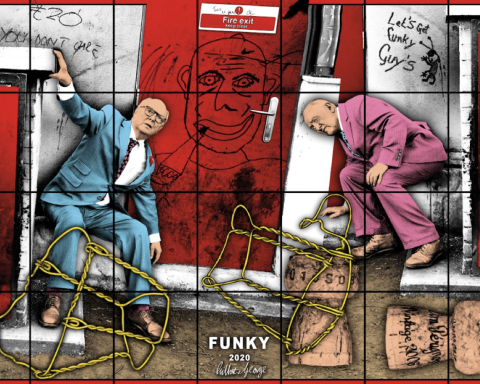
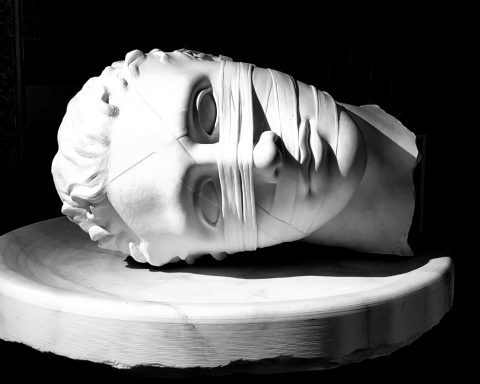


I have just finished reading ‘A Fortunate Man’ – literally fifteen minutes ago – and did a quick internet search as I wanted to find out whether others felt about it as I did. As an ordinary reader with no medical connections I felt that I was being made to feel inadequate, that I should have a great deal more knowledge of philosophy before I should allow myself to read it. I think quite genuinely that the unadorned story of his life among his community, although a very common subject, would have told us a great deal more about this dedicated doctor.
I suppose that what came over to me was that the book was far more about John Berger than it was about Dr Sassall. I wonder whether the reader is supposed to acknowledge Berger’s superior intellect, particularly when one compares it to the low-brow status of the local hoi polloi. My impatience with John Berger reached a crescendo when I first realised how he despised the local people, how he suggested that a visit to the nearest town, or heaven forbid, to London, might be the highlight of their dull, plodding lives! The use of the generic description ‘foresters’ made me see red, reminding me of Hardy’s ‘The Woodlanders’.
No, all-in-all I closed the book with a feeling of anger, a feeling that Dr Sassall had been used by Berger as a vehicle for his own knowledge, his own views. Cynically, I wondered if this had anything to do with Sassall’s subsequent suicide! But having said that, there were many passages which I thoroughly enjoyed and seeking out one to copy into my book of quotations I chose ‘The privilege of being subtle is the distinction between the fortunate and the unfortunate’. It’s also fair to say that Berger did successfully convey to me the dedication and single-mindedness of the local family doctor and that alone would make the book worth the read.
As a keen amateur photographer however, I really couldn’t appreciate Jean Mohr’s photography. Some of the images did successfully illustrate the text – I particularly liked the out of focus figure leaving the consulting room on shown on page 52, which I felt put over well the comings and goings of all these anonymous people. Otherwise I found his pictures dull and uninspiring, the sort of ‘rule-breaking’ that only a famous photographer could get away with!
[…] Professor Roger Jones, in 2015 as editor of the British Journal of General Practice wrote that ‘First published in 1967, this is one of those must-read general practice books, essential for every trainer, trainee and practice library, and one, I suspect, which has been more frequently recommended than read.’ The review starts out in rather uncomplimentary terms, but grudgingly ends: […]
Roger Jones is Emeritus Professor of General Practice, Kings College London and the previous Editor of BJGP.
John Berger’s A Fortunate Man: the story of a country doctor was published in 1967. It was written after Berger and the photographer Jean Mohr had spent several weeks with a single-handed GP on the edge of the Forest of Dean, on the Gloucestershire/Monmouthshire border. The doctor, John Eskell, is given the pseudonym John Sassall in the book, and was Berger’s GP. Eskell was troubled, bipolar, hyper-conscientious and eccentric. He was completely committed and always available to his patients, who adored him. In the book Berger scarcely mentions Eskell”s wife Betty, who ran his practice and was the essential interface between him and his patients. She died quite suddenly in her early 60s and not many months later, Eskell left the practice, travelled in China, and finally shot himself. The book is regarded as a medical classic, and was re-published in 2015, having gone out of print. It is often cited as a reason for doctors, including the subject of this marvellous new book by Polly Morland, deciding on general practice as a career. A not very alternative reading is that entrants to the profession need to be very careful not to make the kind of Faustian pact that Eskell made in the Forest. I grew up in the Forest of Dean, where my father edited the weekly newspapers, and would have known Eskell. I am not a great admirer of Berger’s book, partly because I found his depiction of forest people as uncultured dimwits patronising and faintly offensive.
The genesis of A Fortunate Woman is an amazing story of coincidences. Morland was clearing out her parents’ house when she found an old paperback that had fallen behind a bookcase. It was a 1971 edition of Berger’s book, almost 50 years old. Opening the book, she was astonished to realise that she was looking at a double page photograph of the place where she had lived for the last ten years. (The exact location of Eskell’s practice is not given in Berger’s book, nor in Morland’s). Further, the GP in the village was a woman about the same age as Polly Morland. After a rapid email exchange, and in the middle of the pandemic, they met, “… the doctor and I, amid marsh orchids, wood anemones, and bird song”. It turned out that the doctor, too, had read A Fortunate Man, more than once, and that it was pivotal to her decision to leave hospital medicine for general practice.
Morland and the doctor spent a lot of time together over the next nine months and the result is a really terrific book. It is constructed, both physically and conceptually, along similar lines to A Fortunate Man and the nods and homages to Berger and Mohr are gentle and respectful. Patients’ stories are at the heart of the book, and many are deeply moving, engrossing and unforgettable. There is a slight predictability about the portrayal of the stoicism of Forest folk – carrying on with the lambing for two weeks with a fractured neck of femur, for example! The narrative takes us into the first month of the Covid pandemic and the writing and patient stories perfectly capture the uncertainties and fear of those dark days, and of the social cohesion that rapidly developed to deal with these previously unknown threats. There is a beautiful description of the “happy hypoxia” syndrome, of which I was unaware, but will now never forget.
The patients’ accounts and vignettes are interspersed with some beautiful writing by Morland about the beauty, and the darker side, of the weather, landscape, and natural history of the area. The GP is absolutely committed to her practice and her patients, but her sources of support are fully recognised – a fantastic practice team, a great husband and sons, and her own seemingly boundless energy and physical fitness. The compact that she has with her patients is not the same as the pact that Eskell had with his. Hers is based on reciprocity, care, mutual respect, and kindness. She too is adored by the community. During one particularly tricky home visit to a dying patient, surrounded by many family members, one of the relatives nipped outside into the cold, turned her car round to avoid a tricky multiple-point turn, and gave it a quick wash.
Anticipating accusations of sugar-coating, Morland writes as follows: “So if the doctor in this book strikes you as some kind of quaint museum piece, an old-fashioned throwback to an age as gentle and idyllic as the valley in which she lives, then consider why. It is not because her clinical practice is out of date, quite the contrary. It is because, in many places, we have forgotten to expect, or even want, doctors like that.”
As the narrative gathers pace, it becomes clear that this is much more than a bucolic description of an enviable life in a beautiful location. The call to develop better metrics and a stronger evidence base to measure and to further research the importance of some of the core, yet often almost intangible, components of general practice becomes stronger and more urgent. There are excellent passages on continuity of care, on gut feeling – the young patient who just isn’t quite right, and, sure enough, turns out to have large bilateral pulmonary emboli – and on the contrast between the transactional and the personal. The importance of the GP as the witness to their patients’ lives – the “Clerk of Record” as Berger has it – is also elegantly explored, touching on the essential accumulation of experience over time as the basis for better diagnosis and treatment. In A Fortunate Man, Berger explicitly shied away from getting involved in the measurement of the quality of Sassall’s work, or of its impact – perhaps something of the sociologist in him recoiled in the face of this scientific challenge. In his somewhat convoluted conclusion, Berger writes “…we in our society do not know how to acknowledge, how to measure the contribution of an ordinary working doctor. By measure I do not mean calculate, according to a fixed scale but, rather, take the measure of.“ Morland does not evade this, and the call to improve the research and evidence base for general practice and the consultation is strong.
Comparisons maybe invidious but, in this case they are inevitable. Both books are the product of direct observation and close collaboration between writers and subjects, but observation and interpretation seem to me to dominate in Berger’s work, while Morland lets the doctor and her patients speak for themselves. In A Fortunate Man it is sometimes difficult to know whether it is Sassall or Berger who is doing the thinking. In A Fortunate Woman the doctor is always at centre-stage. At a very difficult time for general practice and for the medical profession as a whole, this book comes as a most welcome affirmation of the central importance of a respectful, reciprocal relationship between doctors and patients. Perhaps most importantly it really does make it seem possible to retain and where necessary re-discover some of the things that drew us into medicine in the first place and have kept us going.
Featured book: Polly Morland, A Fortunate Woman: A Country Doctor’s Story, Picador; Main Market edition (also on kindle and audiobook), 240 pages, ISBN-10: 1529071135 RRP £16.99
Featured image by Tom Shakir on Unsplash